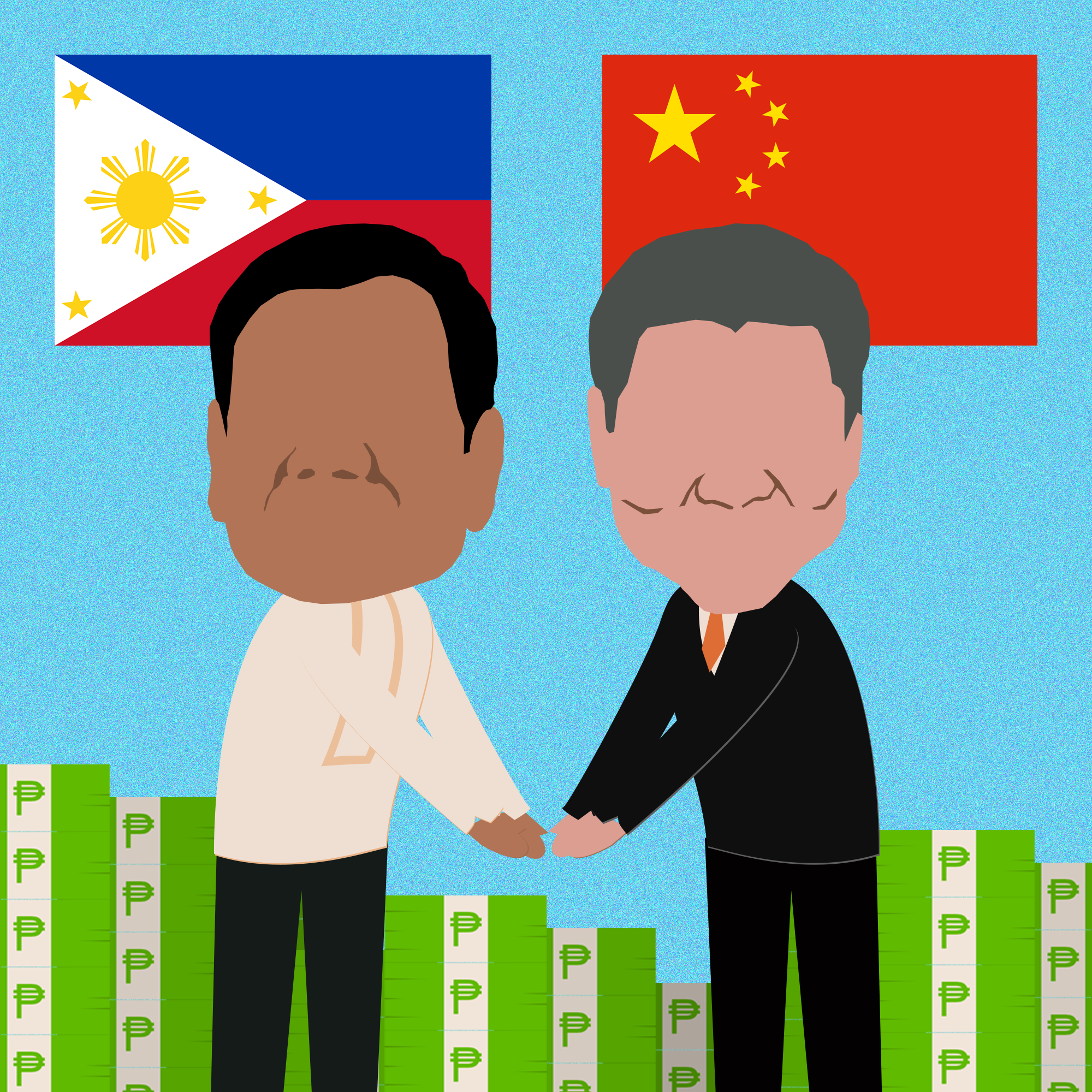The Philippines isn’t going the way of Sri Lanka yet in defaulting on its foreign debt payments anytime soon. Which is not to say that there are no lessons to be learned from the first canary to die in the coal mine of growing global debt distress.
The trauma of the Marcos dictatorship-driven Philippine economic and foreign debt crisis of the 1980s runs so deep that even the mere thought of his son returning to Malacañang dredges up nasty memories. Sri Lanka’s soaring prices, power outages, food, fuel and medicine shortages, and street protests seem like an all too familiar crisis situation.
But for now, Sri Lanka’s defaulting on interest payments on its foreign debt isn’t likely to happen to the Philippines anytime soon – no matter how appropriate that would seem with a Marcos Jr. presidency.
Sri Lanka’s recent situation is different from the Philippines. Its external debt of US$56 billion is around 69% of its gross domestic product (GDP) of US$81 billion. Our external debt of $106.4 billion is still only around 27% of our GDP of US$394 billion. Sri Lanka’s population of 22 million is just one-fifth of our 110 million but its external debt is over one-half of our own.
Strictly speaking, it’s not that Sri Lanka doesn’t have the money to pay for its foreign debt. What it really doesn’t have is foreign exchange because even if the government started printing truckloads of money, for instance, foreign creditors wouldn’t accept these as payment.
The most basic reason that Sri Lanka doesn’t have enough foreign exchange is because its backward clothing and commodity export-dependent economy is also extremely import-dependent. Its exports of textiles, garments, spices, coconut products and other commodities aren’t enough to pay for its imports of oil, food, manufactures and other necessities.
Decades of chronic trade and current account deficits were financed with foreign borrowing. The International Monetary Fund (IMF) endorsed this as long as the government dutifully kept pursuing open, pro-market and business-friendly economic policies – but the policies only ossified these deficits even more. A large part of the public debt pile went to infrastructure on the promise that these would build, build, build a modern economy.
Sri Lanka’s foreign debt bloated especially after the waves of liquidity in the wake of the 2008-2009 global financial crisis. The “China debt trap” storyline is also somewhat overstated because, contrary to United States-driven propaganda, only around 10% of this debt is to China (here in the Philippines, only 2.2% of foreign debt is owed to China).
The immediate triggers of its debt crisis were the loss of foreign exchange earnings from the collapse of tourism and exports upon COVID-19, and then the spiking of global fuel and food prices when the Ukraine-Russia conflict erupted. Cuts in imported inputs choked domestic agricultural and industrial production, caused shortages and power failures, and made prices soar.
Further fueling the crisis is how Sri Lanka’s rupee has tumbled 77% since the start of the year, from LKR203 to LKR360 per US dollar. In contrast, the Philippine peso has lost just 8.5% of its value over that same period (from Php48.16 to Php52.25 per US dollar).
For now, probably the biggest factor preventing the Philippines from becoming a Sri Lanka soon is its supercharged overseas Filipino remittances. The sacrifices and labors of millions forced abroad for work assures a steady stream of foreign exchange with remittances hitting new highs almost year after year, reaching US$31.4 billion in 2021. This is followed by business process outsourcing (BPO) revenues and foreign investment of around US$27 billion and US$10.5 billion, respectively.
These contribute the most to the US$105.4 billion in gross international reserves (GIR) of the country as of April 2022. This is equivalent to import and payments cover of 9.3 months, which is among the highest in Southeast Asia.
Which is just to say that the Philippines has enough foreign exchange to keep servicing its external debt for the foreseeable future, albeit barring a sudden global financial and economic upheaval. But to be clear, it is just to say that.
It is certainly not to say that all is well, because, like Sri Lanka, the Philippines is a backward pre-industrial economy. There are so many overseas Filipinos because there simply isn’t enough work in the country for them. There is BPO revenue because so many of our youth provide their labor cheaply in this no-value-added work for want of any Filipino high-technology industries to go into. Foreign investors use the foreign exchange anyway to pay for their low value-added import-intensive operations.
What are the lessons to be learned from Sri Lanka? So-called free market globalization policies, such as what the IMF has been peddling, won’t develop the national economy. Many and grandiose infrastructure projects give an endorphin rush but won’t be enough to develop domestic agriculture and manufacturing – and certainly not under an obsolete globalization policy regime.
In the case of the Philippines it’s also worth asking – is maintaining supposedly strong macro financial situation an end in itself? Or does thinking it actually straitjacket the country’s development? More should be perplexed that despite many years now of claiming fiscal and financial stability, the economy is still underdeveloped, joblessness is still widespread, and poverty is still entrenched.






